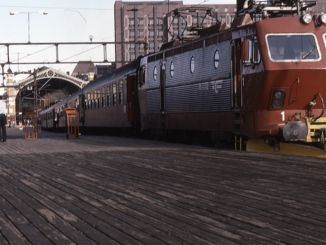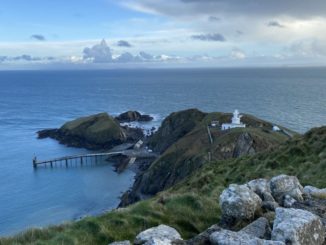About this time for several decades past I set out to spend a month or so in Lapland.
Lapland is a not well defined region that spans Norway to the north, a part of Sweden to the south and Finland and Russia to the east, all of it above the Arctic Circle. In the past hundred years borders and people have had to change. I am not sure what I feel about that – as you grow old you never are.
The reason to go was at first for adventure – to visit what is (or was) part of ornithology’s mythic places, place and species names first known from dusty Victorian or Edwardian tomes on private bookshelves, journals of visits that took weeks over snow and frozen lake on sledges pulled by horse or dogs to find fabled bird species amongst the forest and beyond that, tundra that stretched forever. Those older expeditions – and they were such; guides hired, and ‘letters of introduction’ carried in pouches like a dispatch for officials in far off outposts – undertaken by ‘independently wealthy’ men, scientists of a sort, sketchy anthropologists by default, but always collectors. Of eggs and ’skins’ for trophy cabinets. Such was the ‘acquisitive society’ of naturalists then. For another part for me became the pull of a wonderful landscape and history. But I wasn’t prepared for how much of the latter there was, one of the most complex of the 20th century.
We once took ferries across the German Sea to Norway until the ferry companies collapsed, re-formed and then became hideously expensive. Then the Danes and Swedes opened their bridge across the Kattegat … A brief Channel crossing and access to the world’s best motorway system through the Low Countries and we could, if not beat the ferry, match it at the very least and save ourselves a large sum of money.
I covered some of my experiences in a previous post; doubtless a link will appear below this. Since then I discovered folders of photographs after what I believed I had lost in a typical computer hash-up – always back up your treasures! – and I am letting a (very) few these re-discovered photographs speak for themselves. Like all great love affairs, I am keeping some secrets to myself.
The entire Arctic is now back in the news. President Trump shone a light on the region by making his claim on Greenland (amongst much else) but the process of great and not so great powers involved in a scramble for the riches beneath ice and permafrost – or frankly, control -– had been increasing for many years. The B.B.C. chipped in this past week with a long form piece on the ‘rising tensions’ in the Arctic – as if Ice Station Zebra (1963 novel; film 1968) were set on some other planet! The place was crawling with troops and antenna on hill tops in 1976 as nowhere else I had seen. My one and only very brief visit the town of Kirkenes on the Norwegian Soviet border that year made me conscious of the inadvisability of waving my camera around; Sami children accused us of being spies …. What relaxation there has been since 1989-90 I saw first hand. Today I suspect it is ‘business as usual’ in these lands of studious not noticing and leaving much unsaid.

Expiatory sign that leaves out much; Finland’s Armistice with the U.S.S.R. compelled the Finns to eject their only Ally, Nazi Germany. Inari Finnish Lapland. (Author’s photograph)

Typical of the older roads in Finnish Lapland. They were much worse in 1944. (Author’s photograph)

Remains of Luftwaffe accommodation, Finnish Lapland. A modern air search radar hides in the near by woods. Russia ia few minutes flying time to the east. (Author’s photograph)
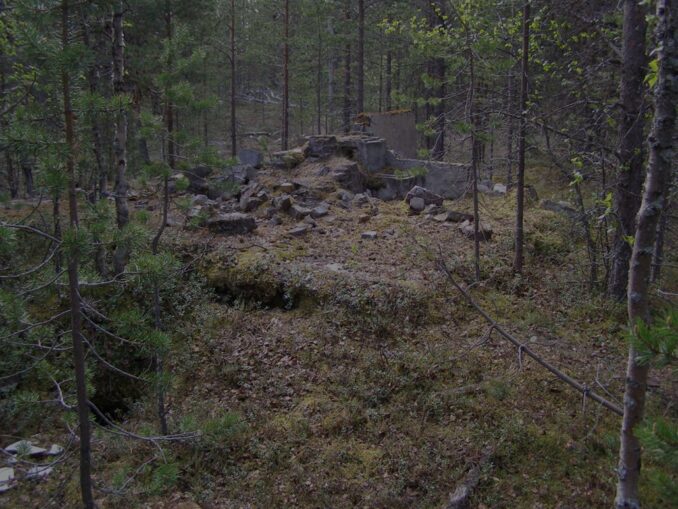
Luftwaffe base, Finnish Lapland. (Author’s photograph)
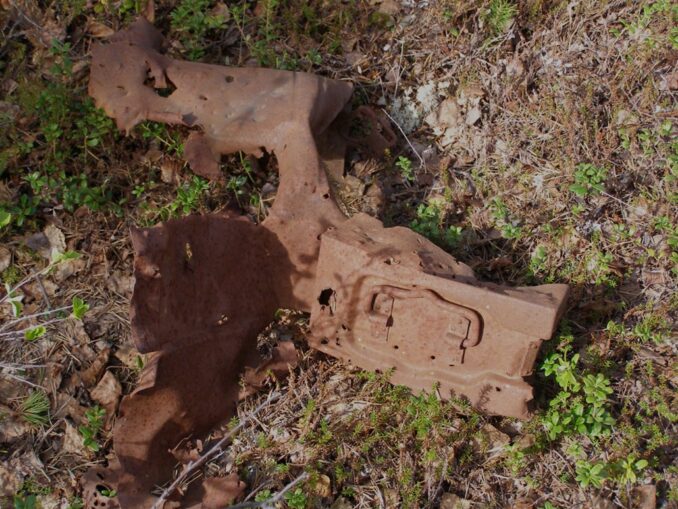
Ammunition box at Luftwaffe base, Finnish Lapland. This is but a sample of the debris scattered about. Signs of demolition remain. (Author’s photograph)
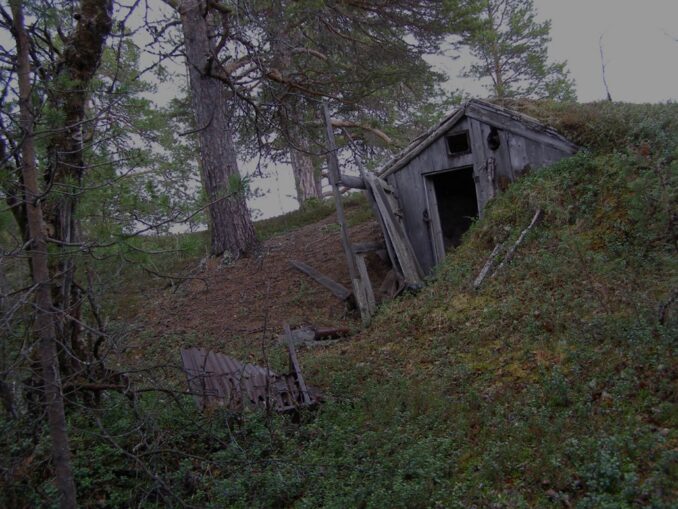
We discovered this hut in 1976 when it had clearly been abandoned for some time though inside much remained including black and white photographs of soldiers in white camouflage suits. It is
Many miles from any settlements In 2016 we returned to pay our respects to find everything had been smashed or removed. Something inside me died. (Author’s photograph)
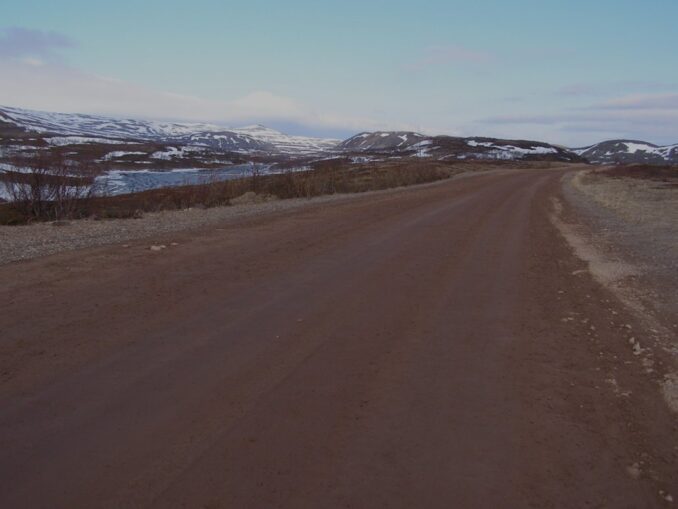
Varanger Norway. No trees here just tundra. (Author’s photograph)
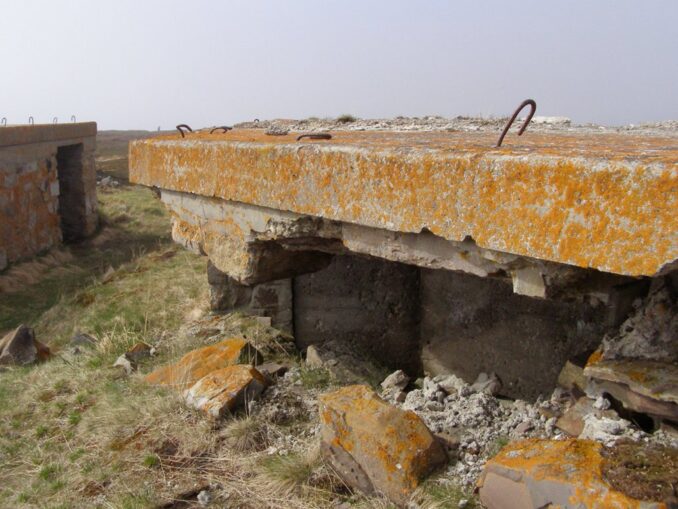
Varanger Fjord, Norway, is amply supplied with concrete defences and bunkers hacked from rock like glass, hewn by Russian P.O.W.’s who were worked to death.
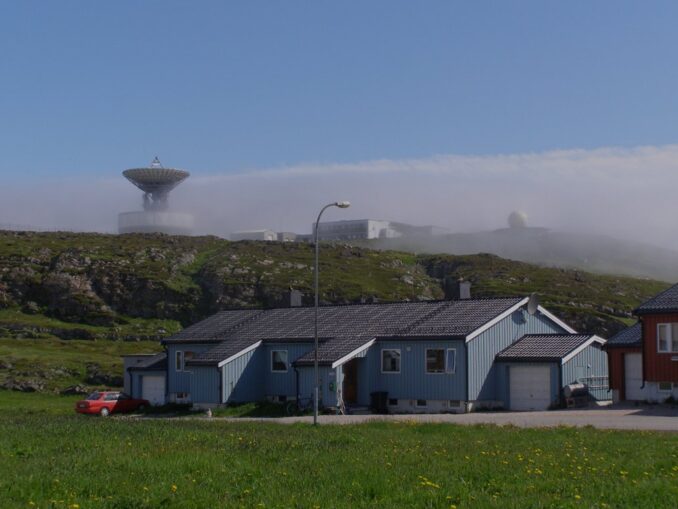
N.A.T.O. satellite transmission and communication centre Vardo Island. Numerous radars track Russian activity at this point, confusingly, to the south by compass.
On good days, Russian radomes are to be seen on the opposite side of this huge fjord. (Author’s photograph)
© text & images Larkers A.D. 2025

